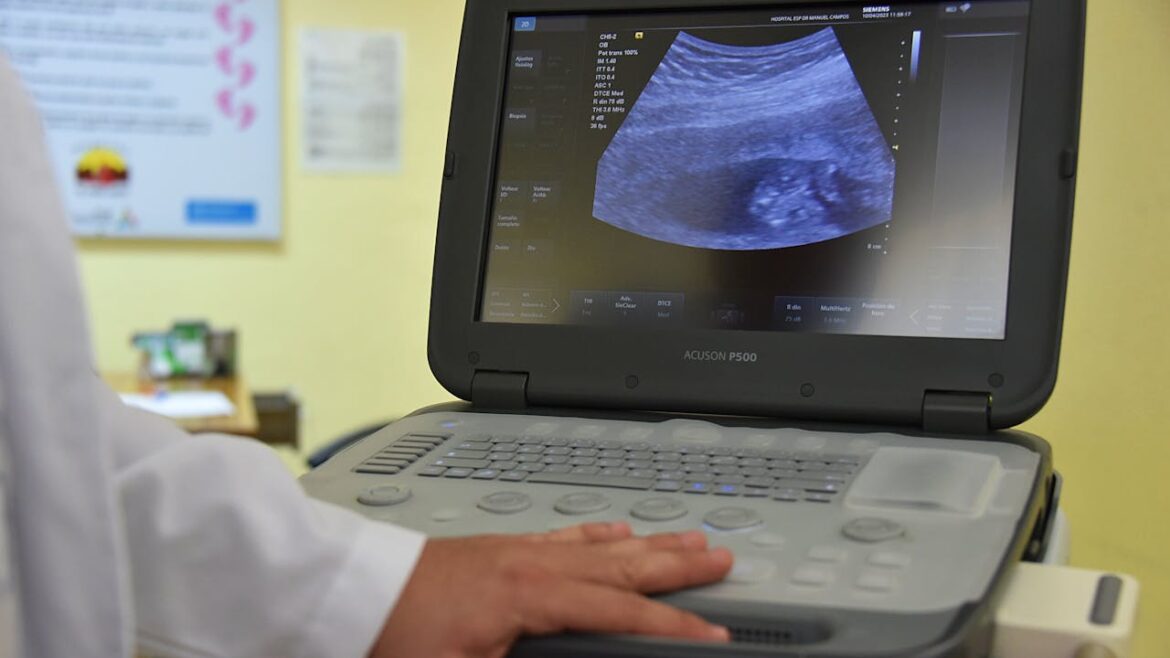PMCF Under EU MDR: How to Plan It Right
https://rnconsultingsolutions.com/wp-content/themes/osmosis/images/empty/thumbnail.jpg 150 150 RN Consulting Solutions RN Consulting Solutions https://rnconsultingsolutions.com/wp-content/themes/osmosis/images/empty/thumbnail.jpgPost-Market Clinical Follow-Up (PMCF) plays a crucial role in post-market surveillance under the EU MDR. It is intended to proactively and continuously collect clinical data on the safety, performance, and benefits of a device throughout its lifecycle.
What is a PMCF plan?
The document that specifies the methods and procedures for proactively gathering and assessing clinical data on a medical device throughout its lifecycle is known as a PMCF plan. The PMCF plan should describe how the company will:
- Confirm the device’s safety, performance, and clinical benefits (if applicable) over its lifetime
- Detect previously unknown side effects and monitor known side effects and contraindications
- Identify and evaluate emergent risks
- Ensure the continued benefit-risk ratio acceptability
- Detect potential systematic misuse or off-label use of the device
What does the PMCF plan contain?
MDCG 2020-7 provides guidance on what needs to be included in the PMCF plan. The main sections in the PMCF plan are:
- The manufacturer contact details
- A description and specification of the medical device under study
- The activities that shall be used to collect clinical data
- Reference to any relevant parts of the technical documentation
- Evaluation of clinical data on equivalent or similar devices
- References to any applicable common specifications, harmonized standards, or guidance documents
- Estimated date of the PMCF evaluation report
The outcome of the activities being planned in this document shall be included in the PMCF report.
Choosing the right PMCF activities for your device
Choosing the PMCF activities is the most important part of a PMCF plan. PMCF activities are divided into
- General activities
- For low-risk devices.
- Long-term safety and performance are known.
- Produces subjective data that cannot be used alone to scientifically document safety and performance.
- General PMCF activities include:
- Feedback from users (e.g. from patients, healthcare professionals)
- Screening of scientific literature
- Summary of clinical experience gained (e.g. from physicians)
- Other sources of clinical data, such as published data and research on similar devices
- Specific activities
- For high-risk devices.
- Used to answer uncertainties or new concerns.
- Produces objective data that is scientifically sound and can be used to demonstrate safety & performance.
- Specific PMCF activities include:
- Evaluation of data from suitable registries
- High quality specific surveys
- PMCF studies (prospective or retrospective)
- Case cohorts
Guidelines for Developing an Effective PMCF Plan
Given the wide range of medical devices and their varying benefit-risk profiles, there is no universal approach to creating a PMCF plan. However, the following tips can help guide your strategy as you start to develop a plan tailored to your device.
1. Identify Data Gaps in Pre-Market Evidence
Start by reviewing your pre-market clinical evaluation. Pinpoint areas where the evidence is weak, outdated, or limited—such as in long-term safety, off-label use, or specific patient populations.
2. Define Clear PMCF Objectives
Your plan should clearly outline what you’re trying to achieve. Objectives may include:
- Verifying clinical performance and safety
- Monitoring known risks or emerging risks
- Confirming continued benefit-risk acceptability
- Detecting rare or long-term side effects
- Identifying off-label or systematic misuse
3. Choose Appropriate PMCF Activities
Select suitable methods based on your device type, classification, and usage.
Note: Clinical investigation is not the only way to collect clinical data
Depending on your device’s risk classification, expected lifespan, and the availability of existing clinical data, other PMCF activities such as high-quality surveys, data collected from the device itself, scientific literature etc., may also be appropriate.
In some cases, a clinical investigation will be necessary. However, the decision should be based on a thorough assessment of the device and any identified gaps in the clinical evidence.
4. Engage Cross-Functional Expertise
Involve clinical, regulatory, quality, and post-market teams in creating the plan. Their insights help ensure the plan is practical, compliant, and aligned with business goals.
5. Include Detailed Methodology
Describe how each PMCF activity will be carried out, including:
- Study design or survey structure
- Sample size and target population
- Data collection tools
- Analysis plan
- Milestones and timelines
6. Ensure Link to PMS and Risk Management
Your PMCF plan must integrate with your overall Post-Market Surveillance (PMS) system and be consistent with your risk management documentation. Updates in one area should feed into and inform the other.
7. Plan for Continuous Updates
PMCF is not a one-time activity. Define review periods to assess findings and revise the plan based on new risks, changes in technology, or clinical developments.
For more details, Contact RN Consulting Solutions MedTech Compliance Experts
👉 Follow us on LinkedIn for expert insights on medical device compliance, EU MDR, FDA regulations, and quality system strategies. https://www.linkedin.com/company/rn-consulting-solutions/
Stay informed, stay compliant!


